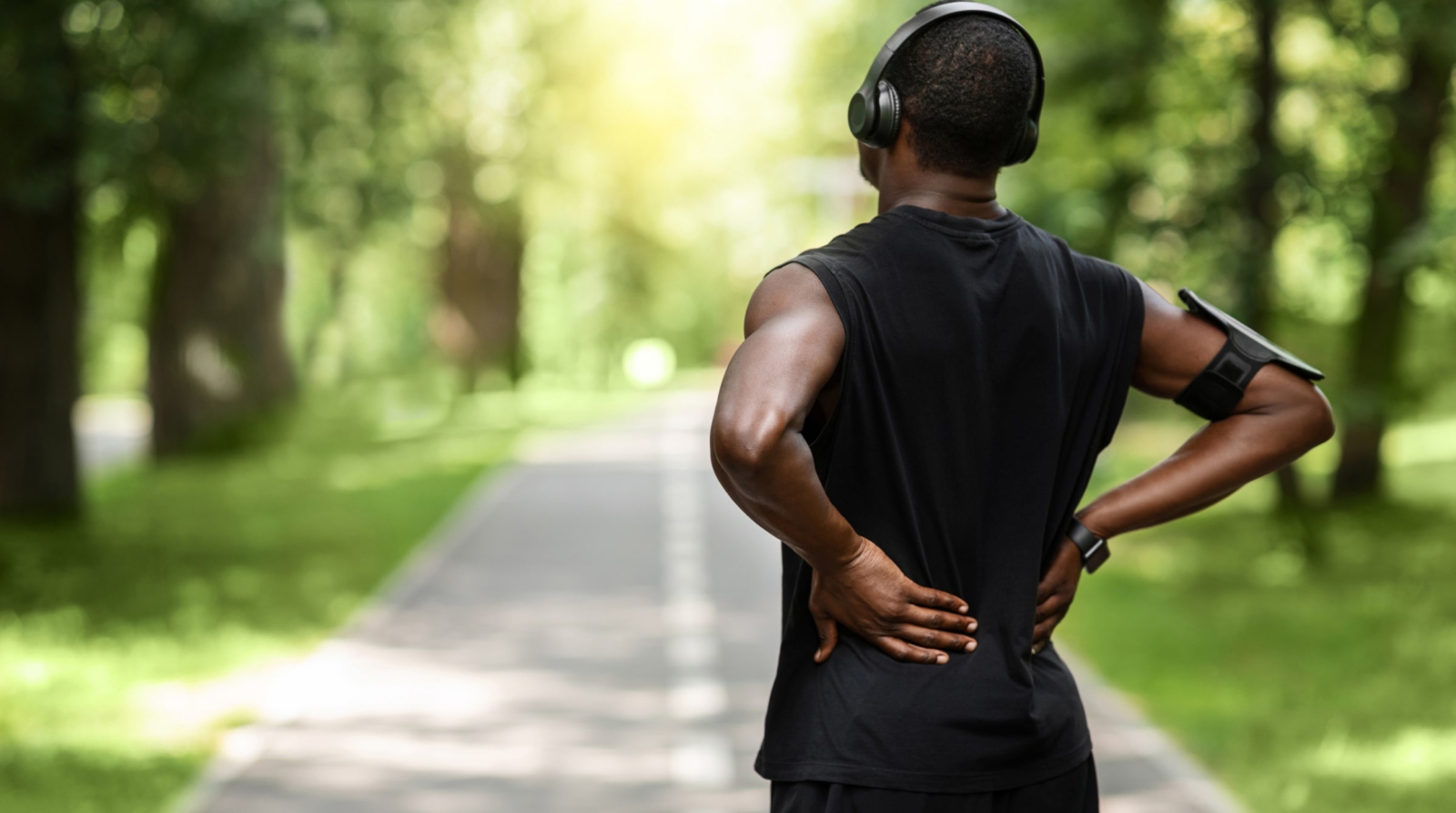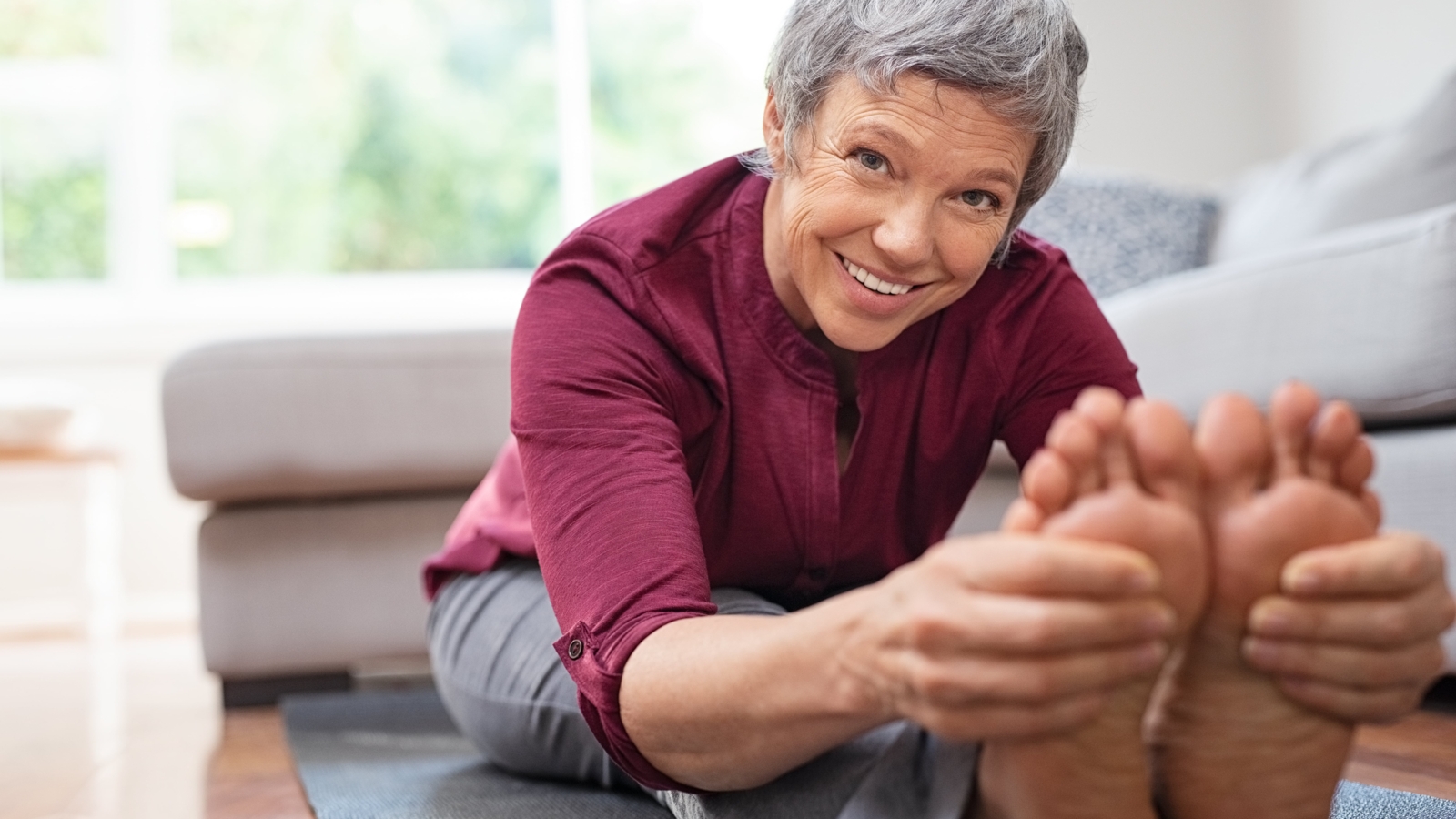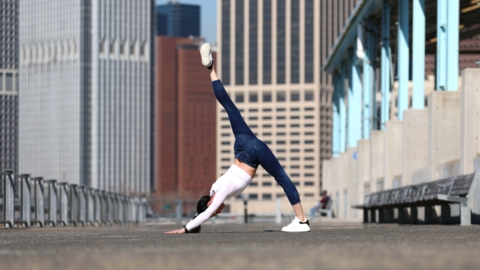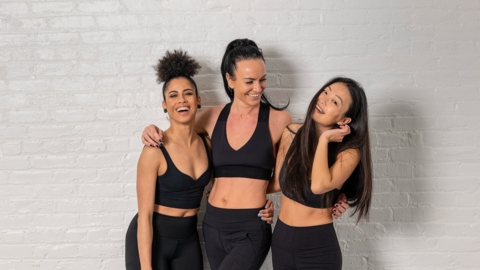Yoga And Stretching For Injury Prevention And Rehabilitation
We all know the saying, "prevention is better than cure." Unfortunately, no training can entirely prevent injuries.
But with an intelligently designed training plan, you can significantly reduce the risk and severity of injuries. And you can do so by focusing on four aspects of your health and fitness: strength, active flexibility, balance and coordination.

Strength, active flexibility, balance, and coordination for reducing injuries
Soft tissue (joints, muscles, connective tissue) injuries happen when the outside force exceeds the force your body can generate in return.
Strength
The stronger your muscles are, the more stable your joints become, directly reducing the likelihood of injuries. Strong muscles can withstand more physical stress and protect your joints by absorbing the impact that might otherwise strain them.
Active flexibility
The way active flexibility plays a crucial role in reducing the risk of injuries is quite similar to strength. Active flexibility means you have the necessary strength and control of your joint's range of motion.
Unlike passive flexibility, where an external force is used to achieve a stretch, active flexibility requires your muscular effort. Which in turn helps protect the joint against outside forces.
Active flexibility also enhances your body's proprioceptive abilities, which is knowing where your body parts are in space. As a result, your movements become more controlled and less likely to go beyond safe limits, thereby preventing strains, sprains, and other injuries.

Balance
Balance is all about maintaining your body’s moving or stationary position. Having a good balance means your body can redistribute your weight according to your movements, which helps you avoid falls and stumbles that could lead to injuries.
A balanced and strong body is also adept at reacting to changes in terrain or direction, which is crucial for avoiding missteps that could lead to sprained ankles or similar injuries.
Coordination
Coordination is the ability of your body parts to work in unison to execute a movement smoothly. Similarly to balance, coordination helps you avoid missteps that might put your joints in positions where they can’t react quickly enough to counteract the outside force.
Yoga and stretching can help us reduce injuries and aid recovery. But the benefits that each practice delivers are different.
How yoga can reduce the risk of injuries and aid the rehab
Although yoga’s main aim is to help the practitioner attain harmony and better understand themselves, the physical aspect can also help with injury reduction and recovery.
Regularly practicing yoga can improve your strength, balance, and coordination. But yoga alone is not enough to build the strength needed to significantly reduce the risk of injuries. For that purpose, strength training and active stretching are more effective.
Nevertheless, like any movement, yoga can help restore the range of motion after an injury.

Perhaps the greatest benefit yoga can offer for reducing and rehabbing injuries is how it helps reduce stress and anxiety. We know that high levels of unmanaged stress and anxiety can reduce pain tolerance and slow recovery after an injury.
Lower levels of stress and anxiety also help you sleep better, allowing the body to recover. Both when recovering when injured, but also to simply recover between workouts.
How stretching can reduce the risk of injuries and aid the rehab
Active stretching is your best bet for reducing the risk of injury. Unlike passive stretching, active stretching helps to strengthen your muscles. And the stronger your muscles, the less susceptible they are to injury.
And if you do get injured, the strength you’ve built with active stretching and strength training will likely reduce the severity of the injury.
Moreover, stretching, like yoga, can help restore the range of motion after an injury, making it an integral part of your rehabilitation process. But again, active stretching takes the cake over passive stretching and yoga for restoring the range of motion.

Why STRETCHIT is more effective than yoga for injury reduction
Besides the non-spiritual approach to movement and flexibility, STRETCHIT differs from yoga in one significant aspect - its focused approach to achieving specific flexibility goals.
While yoga offers a spiritual journey blending physical postures with meditation and breathing practices, STRETCHIT cuts straight to the chase.
Its primary focus is on your flexibility goals, providing an array of tailored exercises designed to improve your active range of motion and flexibility. (See our active flexibility blog to dig deeper into why it’s often the missing link in yoga and most stretching practices.)
STRETCHIT offers a goal-driven, science-based, non-spiritual, or dogma-driven flexibility practice to achieve your sport or general health and fitness-related flexibility goals. It makes stretching more accessible and enjoyable for everyone, regardless of your flexibility level.
If you're a goal-oriented individual looking for a science-based and goal-driven flexibility practice, then STRETCHIT could be your ticket to achieving your flexibility goals.
Why not explore the flexibility and mobility training programs, stretching videos, and our stretching classes online that STRETCHIT app offers today?
Click here to try the STRETCHIT app for free with a 7-day trial.




